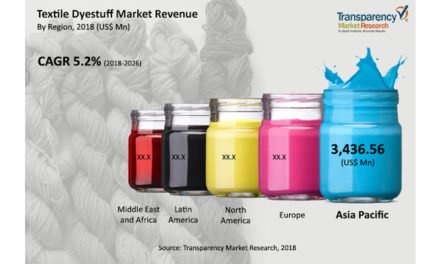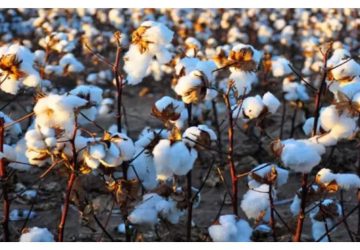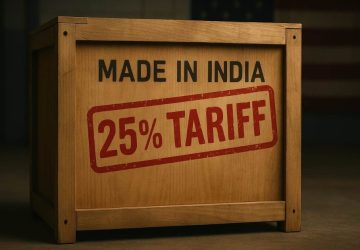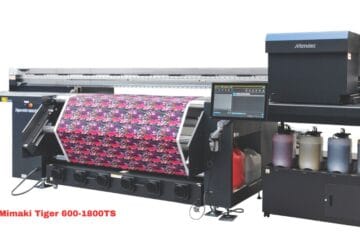
As U.S. President Donald Trump imposes new tariffs on Mexico, Canada and China, manufacturers and brands that already make products in America are seeing increased demand for their services and input.
Ferrara Manufacturing, whose garment factory is in New York City, is hearing more from potential clients these days, as it did back during the first Trump administration, it told. Ferrara Manufacturing mostly makes high-end women’s clothing and has worked with Ralph Lauren, Calvin Klein and Donna Karan. Meanwhile, brands that produce products domestically — such as sportswear brand American Giant — are being asked for advice on how to make it all work.
“Brands are trying to figure out what’s possible,” said Bayard Winthrop, the CEO and Founder of American Giant, which makes sweatshirts, T-shirts and jeans. The company has headquarters in San Francisco but primarily uses mills and factories in the Carolinas. “Those conversations are coming in a lot these days,” Winthrop said.
These discussions weren’t always such a rarity. American manufacturing used to be a booming industry, anchored by bigwigs like Levi’s. But in the 1980s and ’90s, brands started shifting more manufacturing overseas, especially to China, due to lower raw materials costs and cheaper labor. In 1980, at least 70% of the clothing Americans wore was made domestically, according to data reviewed by The Atlantic; today, that figure is 3%. Levi’s parent company closed its last U.S. manufacturing plant in 2004.
What’s more, the amount of skilled labor in this sector is dropping. U.S. employment at manufacturers of textiles, textile products and apparel stood at 266,200 people in August 2024, down from 1.2 million in August 1999, per government data reviewed by The Wall Street Journal. Supply chain networks are also under pressure. More than 20 U.S. textile plants closed from early 2023 to the end of 2024, according to the National Council of Textile Organizations.
Trump is vowing to bring more manufacturing back to the U.S., in part by enacting tariffs. Over the weekend, he announced a 25% duty on all imports from Mexico and most goods from Canada, as well as a 10% tariff on imports from China. The tariffs will go into effect on Tuesday, Feb. 4. Both Canada and Mexico ordered retaliatory tariffs in response.
The new tariffs are a departure from promises Trump made on the campaign trail, which were a 10% to 20% tax on most foreign products as well as a 60% tariff on goods from China. Since coming into office, Trump’s administration has also floated a universal tariff, with his treasury secretary advocating for a starting number of 2.5% that would rise higher by the same amount per month.





















